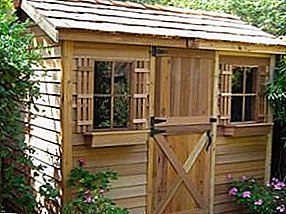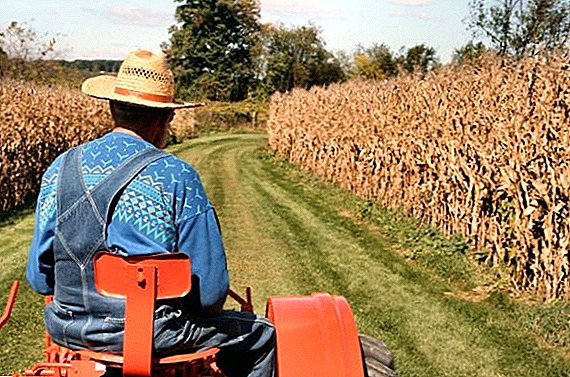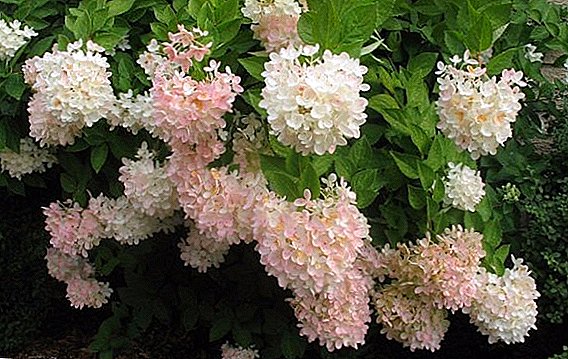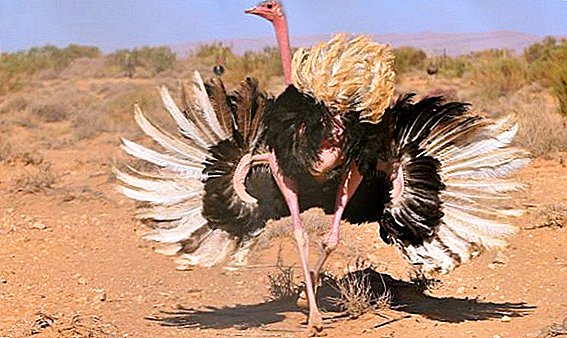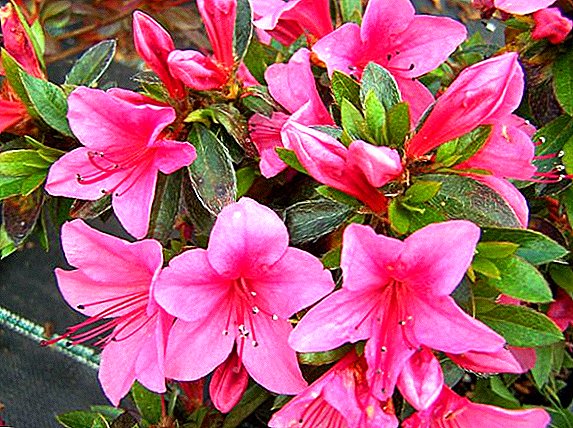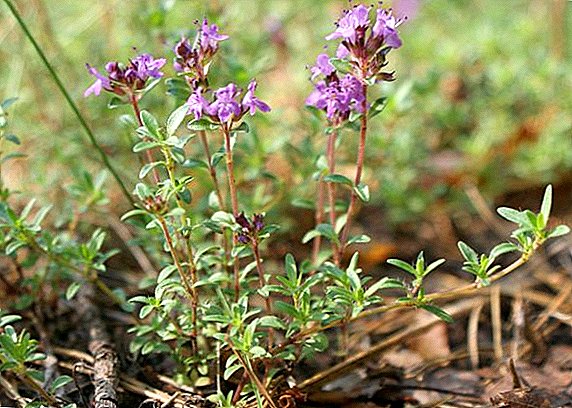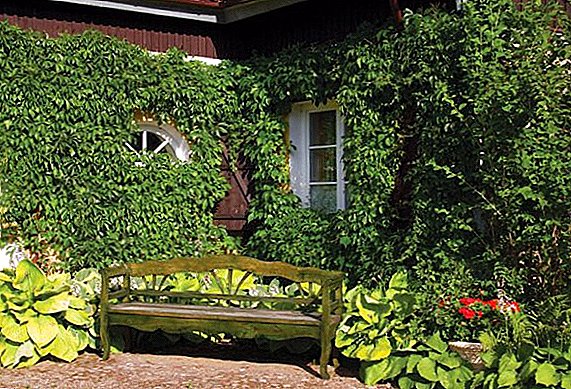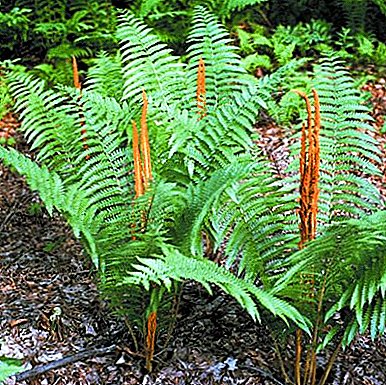 Karachai horse breed is one of the oldest horse breeds, its homeland is the North Caucasus. The main interest of Caucasian residents was the cultivation of various livestock and the creation of new breeds. These horses were bred by crossing eastern stallions with local mares.
Karachai horse breed is one of the oldest horse breeds, its homeland is the North Caucasus. The main interest of Caucasian residents was the cultivation of various livestock and the creation of new breeds. These horses were bred by crossing eastern stallions with local mares.
Origin
For the first time Karachai horses appeared in the 15th century on Elbrus region pastures. They were part of the history of the Karachai people, sharing with them both good and bad times. These horses were distinguished by quite high endurance. Fully understand what talents this view hides, could during the transition from the Kuban region through the Marukh pass to Sukhum. Then, almost a thousand individuals, laden with bales, walked about 150 km in unsuitable areas. In some places they even had to be lowered using ropes. Later they became the main forces in the formation of the Kuban and Terek Cossacks.
Did you know? One of the features of horses is a developed sense of touch. Together with the sight, hearing and smell, these animals are incomparable with any other creatures. Best of all they feel with their lips and hooves.
During the civil war, this species suffered greatly, so the government of Soviet Russia began to grow them. During the Great Patriotic War, all individuals were registered as Kabardians (Kabardians are one of the oldest breeds of high-yielding type. This species has much in common with the Karachai breed: dense build, endurance, similar external data, which is why they are always compared) and the name the species has disappeared from all literature. 1963 was the year when the Karachai breed returned to the books, and in 1990 the species became independent.
Characteristics and description of the breed
This breed is unpretentious, very efficient, has good coordination of movements and resistance to various kinds of diseases. The horses look massive, as they have a large body and short legs.
Height and weight
In terms of growth, Karachai stallions are inferior to Kabardians, but they are more massive. According to this indicator, horses can be of three types:
- characteristic - have a height of 150 cm at the withers;
- massive - slightly lower, 148 cm;
- riding - are the highest, have a growth of 152 cm.
Did you know? If you put a cup of coffee and cocoa in front of your horse, then she will, without a doubt, choose coffee.
Exterior
Karachai horses are very similar to Kabardians. The head has massive jaws. The ears are long and quite mobile, it adds expressiveness to the breed. The area between the ears may resemble a lyre. The neck is short and has an average density, but at the same time it can be very meaty. This species has a small withers, which smoothly goes into a flat back with a muscular belt and wide croup. Stallions are not long-legged, but they have the correct legs, very rarely - with a slight clubfoot. The hooves are very strong, like all rocks used in the mountains. The stallions do not have white marks on their heads, but they are often found on their feet.
Suits
Most often Karachai horses have a dark suit. The most common is bay and black, but horses with gray and red color are often found. At a time when there were clans in the Caucasus, by suit it was possible to determine which family the horse belongs to. Bayhorovskys were bay, Kubanovs were red, and Bayramukovskys were gray in color. In the main suit, there were often drawings in the form of apples or stripes on the back and shoulders.
Character
Individuals of the Karachai breed are obedient, workable, patient and quickly get used to various conditions. They are also flexible, very attached to their master. This type does not cause much trouble.
Check out such popular horse breeds as: Tinker, Vladimir Heavy Draft, Orlov Trotter, Akhal-Teke, Appaloosa and Freeze.

Distinctive features
Karachai breed horses differ from others most of all with their strength and dryness. They have good stamina, unpretentiousness to food, fecundity. Also distinctive features are agility, agility, softness in motion and tremendous energy. Unlike most rocks, this one will easily overcome a long distance, and even in mountainous terrain.
Breed use
As noted above, these horses are very similar to the Kabardian horses, but the range of their use is much wider. They can be used for riding, for various rural work and even the transport of goods. Often they are used by border guards at the outposts and during the patrol. Some mares and stallions are used to save the breed and create new lines.
Important! These horses, thanks to their stamina show themselves very well in remote areas, so they can be used without problems in mountainous terrain.
Tribal lines
At the moment there are only 8 tribal lines. Of these, the most developed is the Dususa line. The horses of this line are more massive than the rest, bring good offspring and easily work in the mountains. This line most often has a black suit. From it appeared the line Dubochka. The horses acquired the qualities of riding and became a little higher. The horses of the Boreas line are larger and move easily. Line Kobchik mainly used for movement.
The horses of the Orlyk line are very massive and similar to the Dausus line, and the Argamak individuals have very significant growth, large limbs and a bay suit. They are very well suited for competition. Horses of Pledge - the most hardworking and strong. An example for mountain horses are individuals of the Arsenal line. Karachai breed is very often present at exhibitions because of its diversity. A lot of words of praise can be said about Karachai horses. They have a lot of positive qualities, so they are used in many areas.


